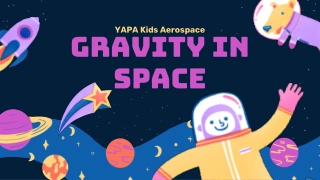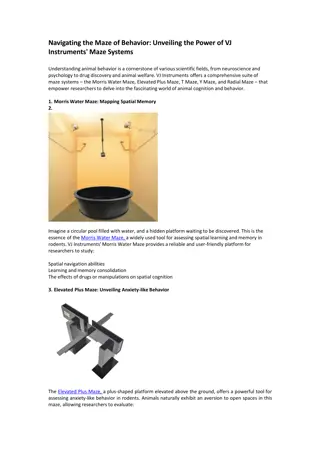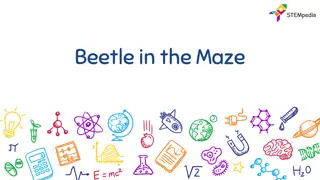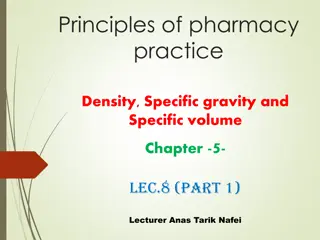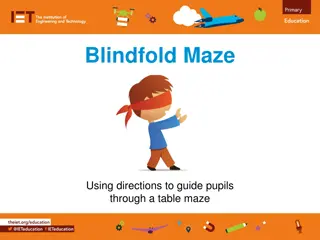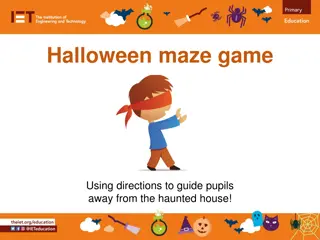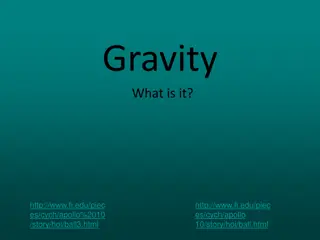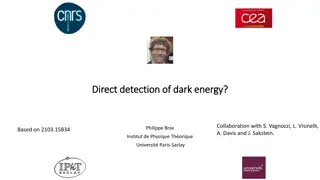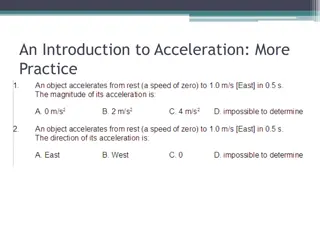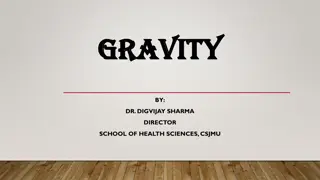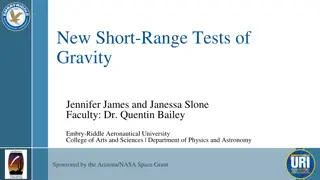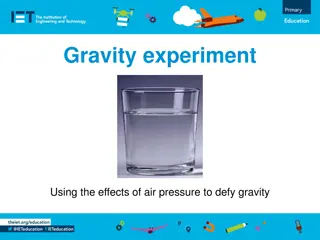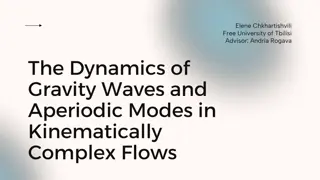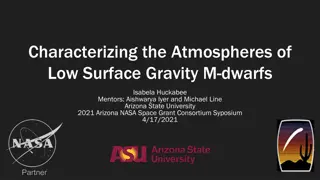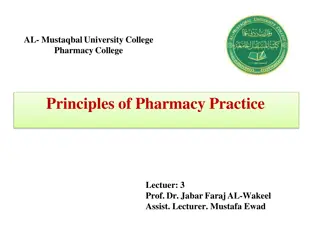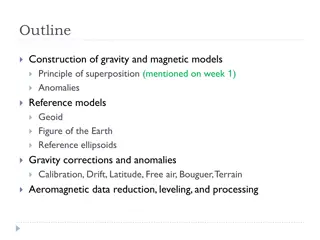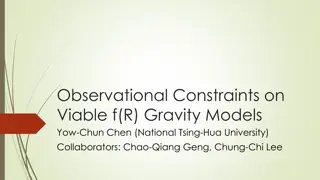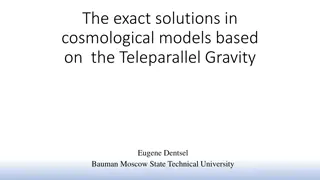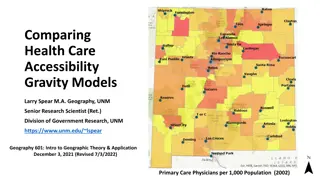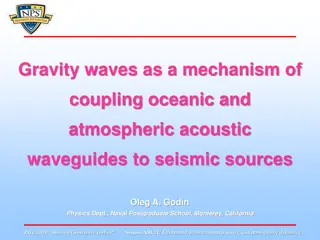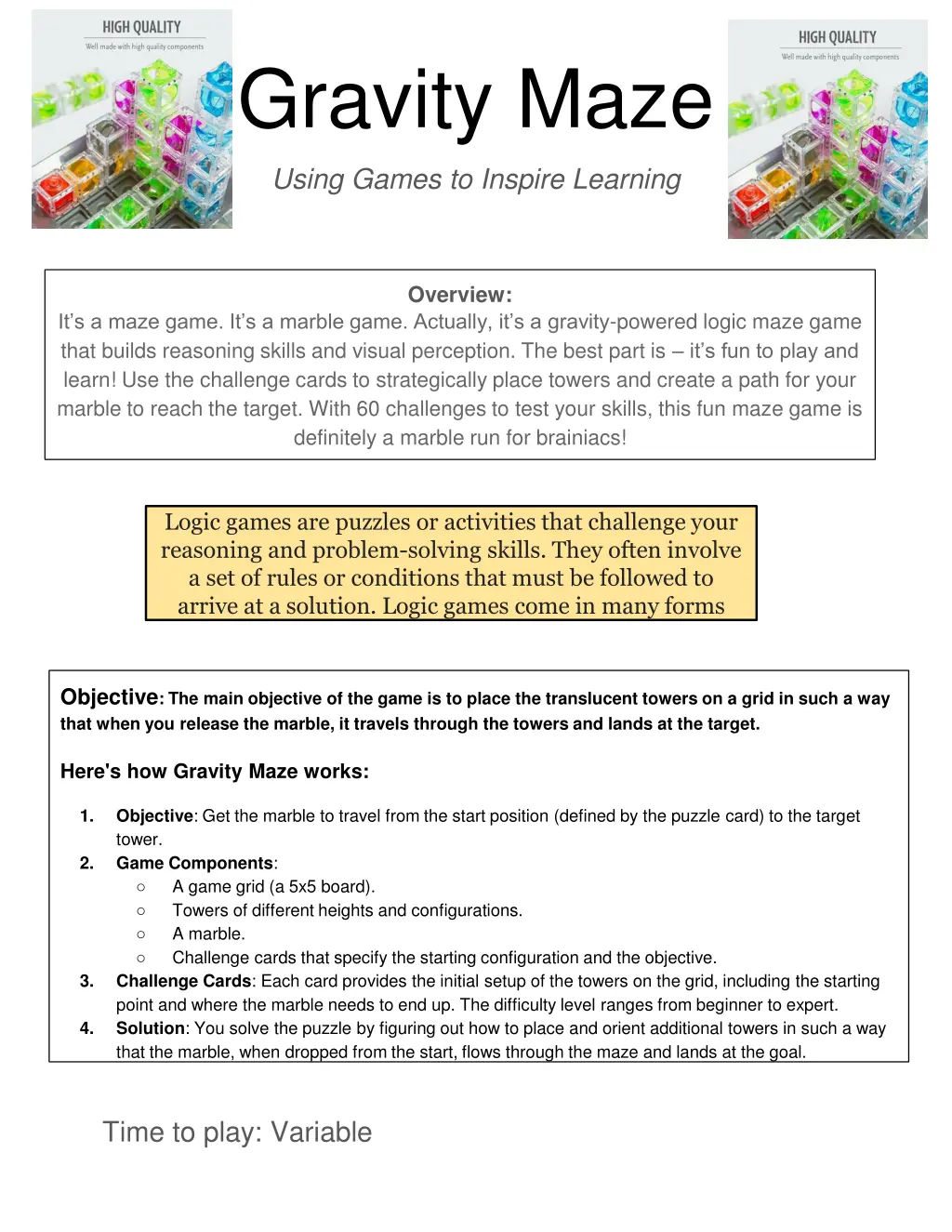
Gravity Maze: A Fun & Educational Marble Logic Game
"Explore the engaging Gravity Maze game, combining fun gameplay with learning goals like spatial reasoning, problem-solving, and creative thinking. Discover how to maximize educational benefits while enjoying the challenges!"
Download Presentation

Please find below an Image/Link to download the presentation.
The content on the website is provided AS IS for your information and personal use only. It may not be sold, licensed, or shared on other websites without obtaining consent from the author. If you encounter any issues during the download, it is possible that the publisher has removed the file from their server.
You are allowed to download the files provided on this website for personal or commercial use, subject to the condition that they are used lawfully. All files are the property of their respective owners.
The content on the website is provided AS IS for your information and personal use only. It may not be sold, licensed, or shared on other websites without obtaining consent from the author.
E N D
Presentation Transcript
Gravity Maze Using Games to Inspire Learning Overview: It s a maze game. It s a marble game. Actually, it s a gravity-powered logic maze game that builds reasoning skills and visual perception. The best part is it s fun to play and learn! Use the challenge cards to strategically place towers and create a path for your marble to reach the target. With 60 challenges to test your skills, this fun maze game is definitely a marble run for brainiacs! Logic games are puzzles or activities that challenge your reasoning and problem-solving skills. They often involve a set of rules or conditions that must be followed to arrive at a solution. Logic games come in many forms Objective: The main objective of the game is to place the translucent towers on a grid in such a way that when you release the marble, it travels through the towers and lands at the target. Here's how Gravity Maze works: Objective: Get the marble to travel from the start position (defined by the puzzle card) to the target tower. Game Components: A game grid (a 5x5 board). Towers of different heights and configurations. A marble. Challenge cards that specify the starting configuration and the objective. Challenge Cards: Each card provides the initial setup of the towers on the grid, including the starting point and where the marble needs to end up. The difficulty level ranges from beginner to expert. Solution: You solve the puzzle by figuring out how to place and orient additional towers in such a way that the marble, when dropped from the start, flows through the maze and lands at the goal. 1. 2. 3. 4. Time to play: Variable
Learning Goals: Gravity Maze offers several learning goals, as it helps develop critical thinking, problem-solving, and spatial reasoning skills. Here's a breakdown of the primary learning goals for players: 1. Spatial Reasoning Players must visualize how different towers interact and predict how the marble will travel through them. Understanding 3D space and the impact of gravity on movement is crucial. Helps develop the ability to mentally rotate and manipulate objects in space, improving skills necessary for fields like engineering and architecture. 2. Problem-Solving The game provides puzzles of increasing difficulty, requiring players to think logically about how to achieve the objective. Players must identify the problem, break it into smaller parts, and experiment with different configurations to find a solution. Encourages persistence, as players often need to try multiple solutions before finding the correct one. 3. Cause-and-Effect Thinking Players learn to predict how their actions (placement of towers) will affect the outcome (the marble s path). The trial-and-error aspect of the game reinforces the concept of cause and effect, especially in relation to physical laws like gravity. 4. Planning and Sequencing Solving puzzles often requires thinking ahead and planning the sequence of steps to achieve the goal. Players need to anticipate the path the marble will take and position the towers accordingly, developing strategic thinking. 5. Logical Deduction Each challenge provides limited information, requiring players to deduce which towers to use and where to place them based on the puzzle s constraints. Strengthens deductive reasoning skills, as players eliminate incorrect options and narrow down possible solutions. 6. Critical Thinking Players are encouraged to analyze their setup, critique their own solutions, and improve based on observed outcomes. The game teaches the importance of reflection and adjustment when faced with obstacles or failure. 7. Patience and Perseverance Gravity Maze fosters a growth mindset by encouraging players to persist through challenges and not give up when faced with difficult puzzles. Learning through failure becomes part of the process, enhancing resilience. 8. STEM Skills Although it is a fun puzzle, Gravity Maze introduces basic concepts in physics (gravity, momentum, motion) and engineering (building stable structures, understanding pathways). 9. Creative Thinking Players must think outside the box to solve some puzzles, encouraging creativity in the way they approach problems and find solutions. In summary, Gravity Maze promotes a variety of cognitive and skill-based learning goals, making it both educational and enjoyable. Would you like tips on how to maximize these learning goals while playing?
NGSS Standards Related to ThinkFun Gravity Maze Marble Run Brain Game: Engineering Design (K-2, 3-5, MS, HS) K-2-ETS1-1: Ask questions, make observations, and gather information about a situation people want to change. Connection: Players must evaluate how to manipulate the maze components to change the marble's path and successfully complete each puzzle. 3-5-ETS1-2: Generate and compare multiple possible solutions to a problem based on how well each is likely to meet the criteria and constraints. Connection: The game encourages experimenting with different arrangements of the towers to find a solution that directs the marble to the target successfully. MS-ETS1-4: Develop a model to generate data for iterative testing and modification of a proposed object, tool, or process such that an optimal design can be achieved. Connection: Players develop models of the marble's potential path and adjust their designs after testing, learning from failures to optimize the marble's route. Forces and Interactions (K-2, 3-5, MS) K-PS2-1: Plan and conduct an investigation to compare the effects of different strengths or directions of pushes and pulls on the motion of an object. Connection: The game helps players understand how gravity affects the motion of the marble as it moves through different towers, which illustrates forces in action. 3-PS2-2: Make observations and/or measurements of an object s motion to provide evidence that a pattern can be used to predict future motion. Connection: As players progress through the game, they can observe the marble's motion through various configurations and predict how changes in the maze will affect its movement. MS-PS2-2: Plan an investigation to provide evidence that the change in an object s motion depends on the sum of the forces on the object and the mass of the object. Connection: Although the game is simplified, players can explore the concept of forces and motion in relation to the marble's path and the effects of gravity as it accelerates through the maze. Matter and Its Interactions (MS) MS-PS1-3: Gather and make sense of information to describe that synthetic materials come from natural resources and impact society. Connection: Though indirectly, discussions can be made around the materials used in the game components and their relation to engineering and design in real-world structures. Crosscutting Concepts: Cause and Effect: The game helps students understand cause-and-effect relationships as they build the maze and observe how the marble's motion changes depending on the arrangement of the towers. Systems and System Models: Gravity Maze can be seen as a system where players model the effects of gravity, structure, and forces acting together. These alignments with NGSS make Gravity Maze a useful educational tool to reinforce problem-solving, design thinking, and basic physical science concepts in a hands-on, engaging way.
Teaching Ideas: Disclaimer: Most of these ideas were taken or adapted from teacher posts on social media.

